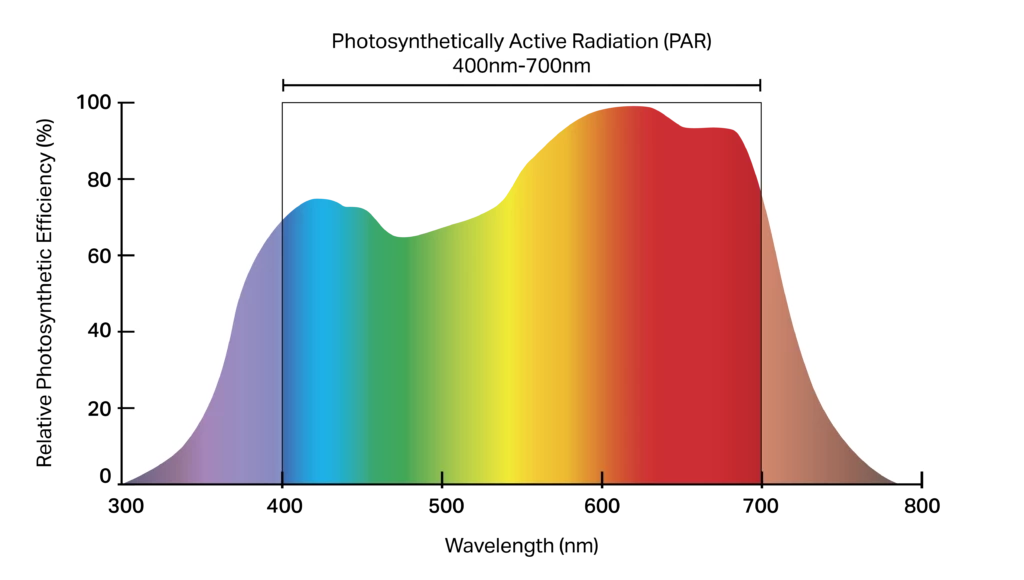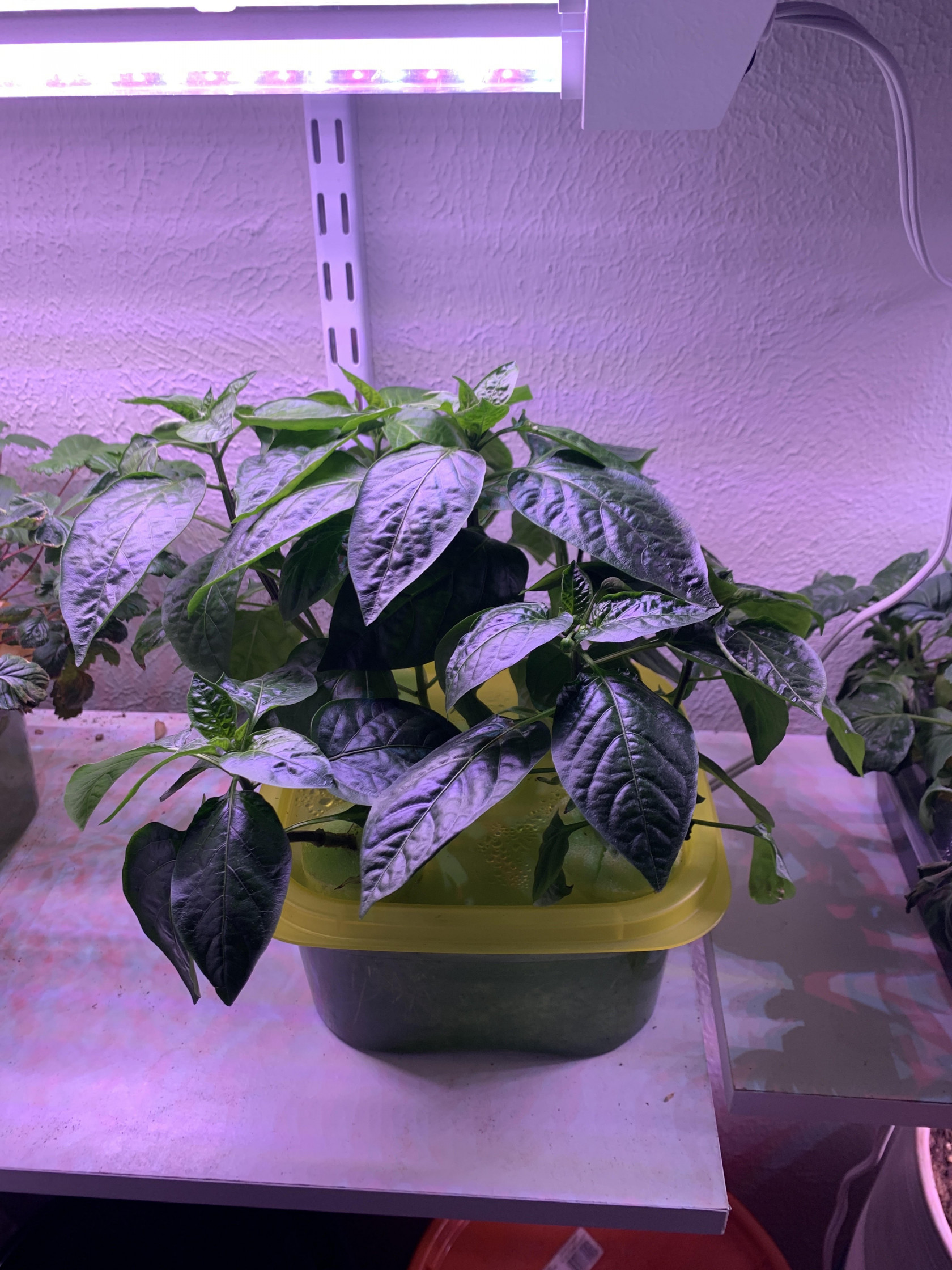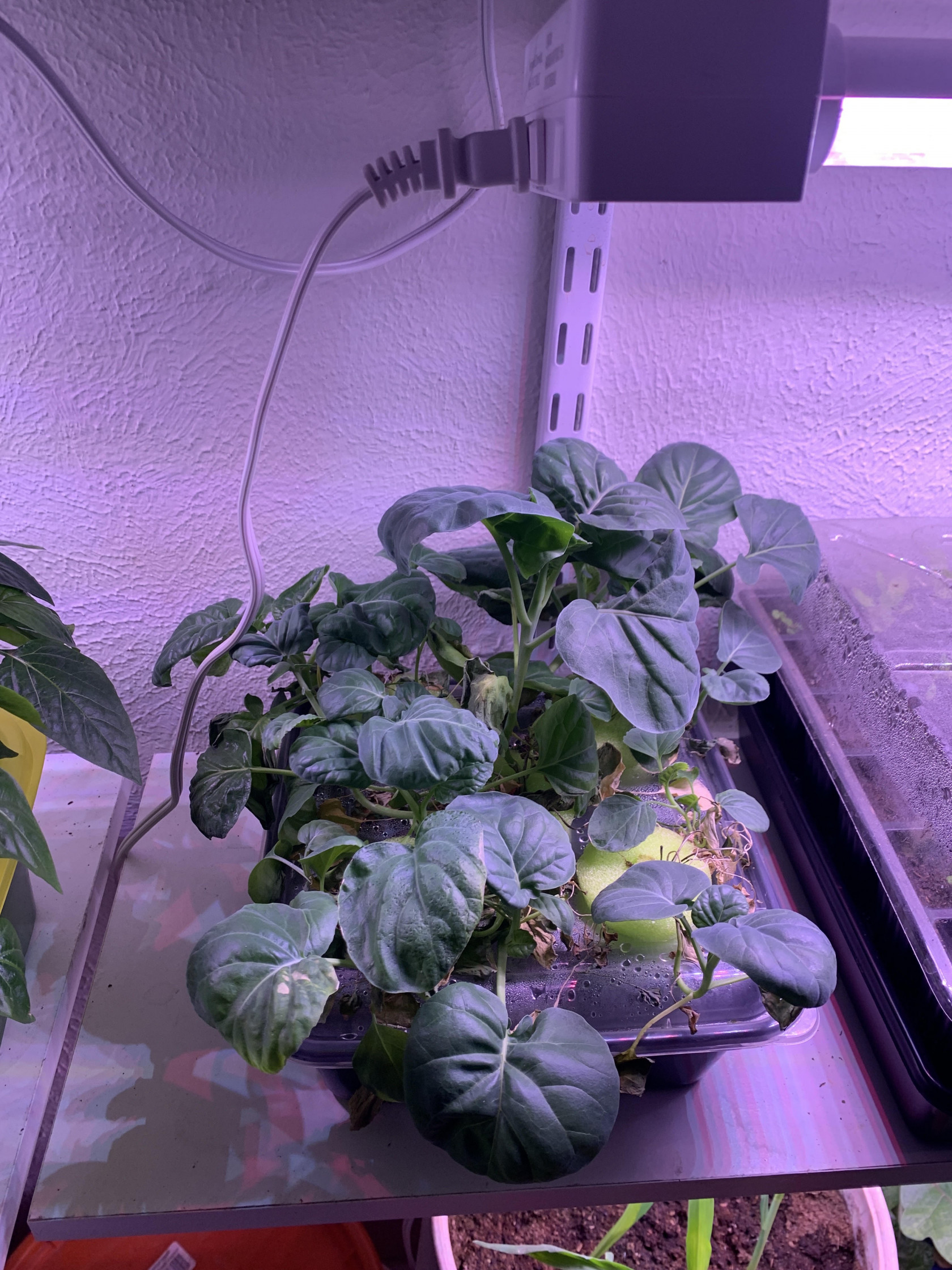Low Cost, DIY, Indoor Gardening Primer
Summary:
This guide is to show that growing food, plants, flowers, ornamentals or whatever you want does not require massive amounts of land, time or money. Infact you can grow fresh, organic food indoors, in the middle of a city with very little upfront cost.
Ultimately plants require a couple things to grow:
- Light
- Water
- A growing medium
- A container to grow in, or an area to grow
That is distilling a ton of information out, but at the fundamental levels, that is what plants need. Think about these fundamental building blocks. They don't have to look like a massive field of crops. You can grow crops with an old yogurt container and a grow light in the trunk of a car.
This counts for plants grown from seed, cuttings, or plants you buy from the store. Seeds are the cheapest way to get a bunch of plants. And they are easier than you think. Here is a guide on making a small seed germination station / seed starter.
Let your imagination run wild of the places, and uses of objects. Yes you can use a handcrafted expensive planter combined with top of the line gardening soil in a large greenhouse. You can use an old tupperware container with a homemade soil mix and a grow light in a highrise apartment in innercity Chicago. Our concept of how and where we grow plants can change, and with that change we can grow things anywhere, even in the most hostile environments, even in trash.
With a $10 grow light, an old lamp, a DIY soil mix, water and a tupperware container or any pot, you can grow food indoors, for very little.
How To:
Light
Plants grow best in specific light ranges. Unfiltered sunlight is interesting because it has a ton of different light on the spectrum that plants love and use to grow. We can also use artificial lights to mimic the color ranges that plants get from sunlight. Plants tend to get their energy from both Violet- Blue light in the 400 – 520 nanometer range and Red light in the 610 – 720 spectrum range.
Not All Natural Light Is the Same
Unfliltered sunlight means direct sunlight. This can be confusing because you may have put a plant on a window sill in direct sunlight and had it die. Most windows have a UV filter in the glass, so the light is actually filtered and may remove the beneficial light spectrums before they make it to the plant. That doesn't mean you can't grow plants in filtered sunlight, there will still be beneficial light coming in, though the more of the correct light spectrums plants get, the bigger and faster they will grow.
Artificial Light & Growing In The Dark
When you hear "grow lights" you might immediately think of expensive greenhouse lighting, which is normally where they are used. If you can afford a $200 light that is great. There are affordable grow lights in big box stores and sometimes in gardening stores or hydroponics stores. They range anywhere from $40-$100, only get them if you have a specific use, like if you are doing rack style indoor gardening.
What if you could get a grow light for $10? Well you can! Most big box stores sell grow light bulbs that screw into normal E26 light sockets. So you can turn an existing lamp or light fixture into a growlight and grow plants 100% indoors.
This is really amazing because it saves money on the light itself and you can reuse and upcycle old lamps that otherwise might have gone to a landfill. You can make an indoor garden wherever you are. In the dead of winter, or on the 6th floor of an apartment building, in the darkest places you can grow plants. There is an electrical cost to it, but they double as regular lights so they are dual purpose. You get to see and your plants get to grow, everyone wins.
Water
When a plant needs to be watered depends on the plant. Some light very moist soil, a lot prefer quick draining soil and don't like their roots especially soaked. One tip that has helped take some of the guess work out of watering is this:
When watering a plant, it isn't really about how much water, but really how often you water it.
You can drown a plant in a container and it will stay alive, but if you water it once every single day and it is a plant that likes somewhat dry soil. It will die. So keep that in mind when you find a plant you like. Find out if it likes a ton of water, a normal amount or very little. That will determine how often you water the plant.
Growing Medium
Your plants will need a place to actually grow, most people choose good old soil but you can actually grow plants in water like in hydroponics or aquaponics. Again, this is a topic that we are used to thinking of growing food in open pastures and farm land, it can also been done in a raised bed, or a container in the corner with a grow light!
Soil
Hot take, but MiracleGro is called that because it is a miracle anything will grow in it. Their premade soil mixtures tend to be not great. And a beginning indoor gardener might want to go with the cheapest option. Instead you can make your own mix that will do you pretty well for a little extra. A good mixture is compost, peat moss and perlite. All of those can be bought at a hardware store for less than $25 and it makes a lot of mix. Wear a mask when working with perlite, it is basically ground up volcanic rock and you don't want to breathe the dust in. But mix all that together and you have some pretty decent potting mix for really cheap. I say decent because there are better soil mixtures but they require space to compost, or special stuff. You can buy really nice potting soil from garden centers but that's up to you. Tons of people only have access to a hardware store, or have limited options so you do what works for you.
Hydroponics & Aquaponics
There will be a full guide to hydroponic growing that goes into the details in how it works. At the most basic level hydroponics is growing plants in water mixed with a nutrient solution. This method is interesting and requires different things but it can yield plants that grow incredibly quickly and large. Some plants like root veggies can't be grown in hydroponics, and others will not mature in hydroponics unless you do a good amount of tinkering. It is great for young plants to be moved into hydroponics so they can grow incredibly fast and then put them into soil for them to fully mature.
In order to do hydroponics you really just need a vessel to hold your plant over the water solution, some water, and the nutrient solution. Foxfarms makes really nice hydroponic solutions, but you can find really any kind and use it. It is harder to find in big box stores and you might have to go to a garden store or hydroponics place, or online. Depends on your needs and how comfortable you are with things. But if you are just starting, just use soil. It is cheaper and will cause less headaches unless you like tweaking and messing with things.
Another method is aquaponics, where fish are making your nutrient solution. This might be a good option if you already have fish but this method is more involved than just keeping a grow light and watering a plant in soil.
Containers to grow in
We are used to seeing plants in black nursery pots or in nice planters. Everything can be a planter, and everything should be. Waste is so huge in our society and a great thing to do is reuse and upcycle wherever you can. A planter can be an old ceramic bowl with a hole drilled in the bottom for drainage. It can be an old plastic container that was lying around. An aluminium can, a soup can, an old kidde pool makes a great space to grow potatoes. Think of a planter as a vessel. There are so many around us that we can grow in.
Examples:
(Left) Corn being grown inside a regular pot in soil.
(Right) Peppers being grown inside in a hydroponic solution in a tupperware container.
Chinese kale growing in a hydroponic solution in a takeout container.
Resources:
Hydroponic food growing basics
Turn a kiddie pool into a planter



